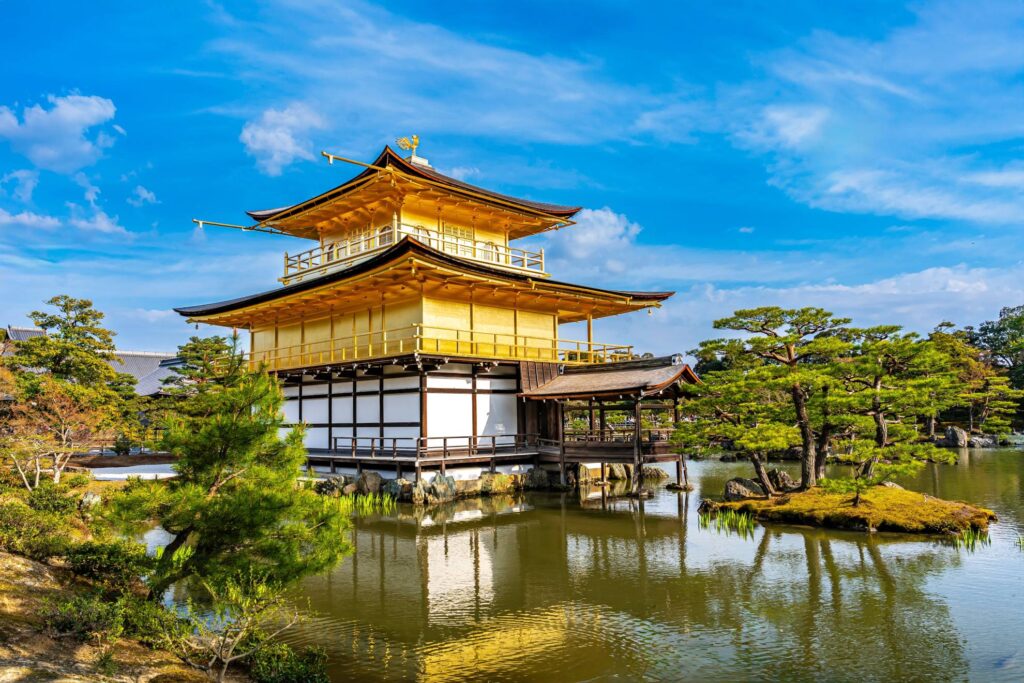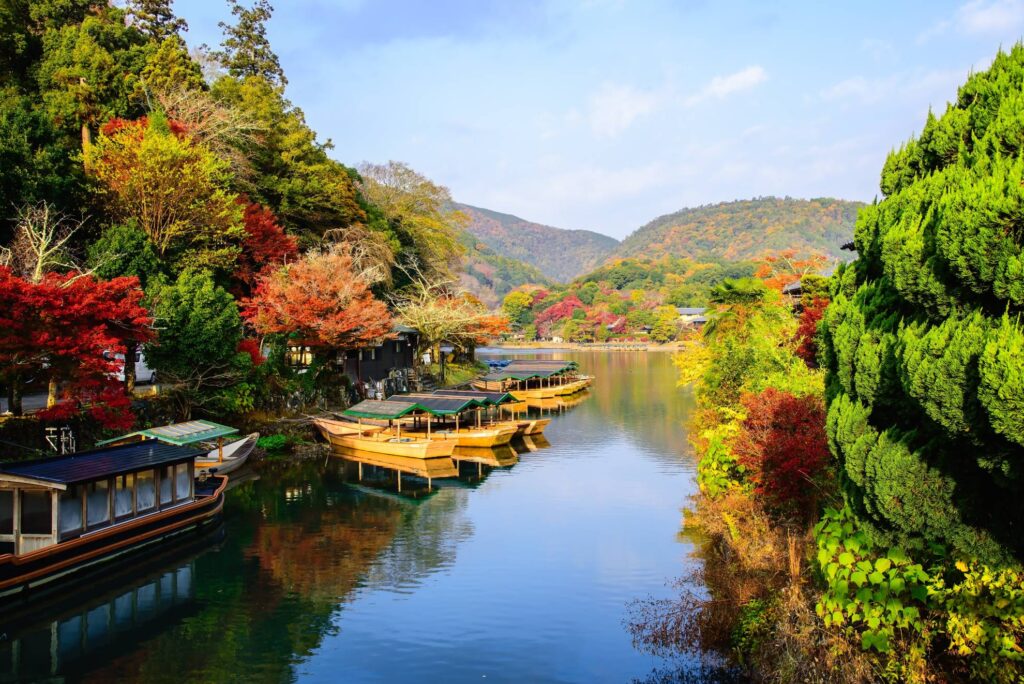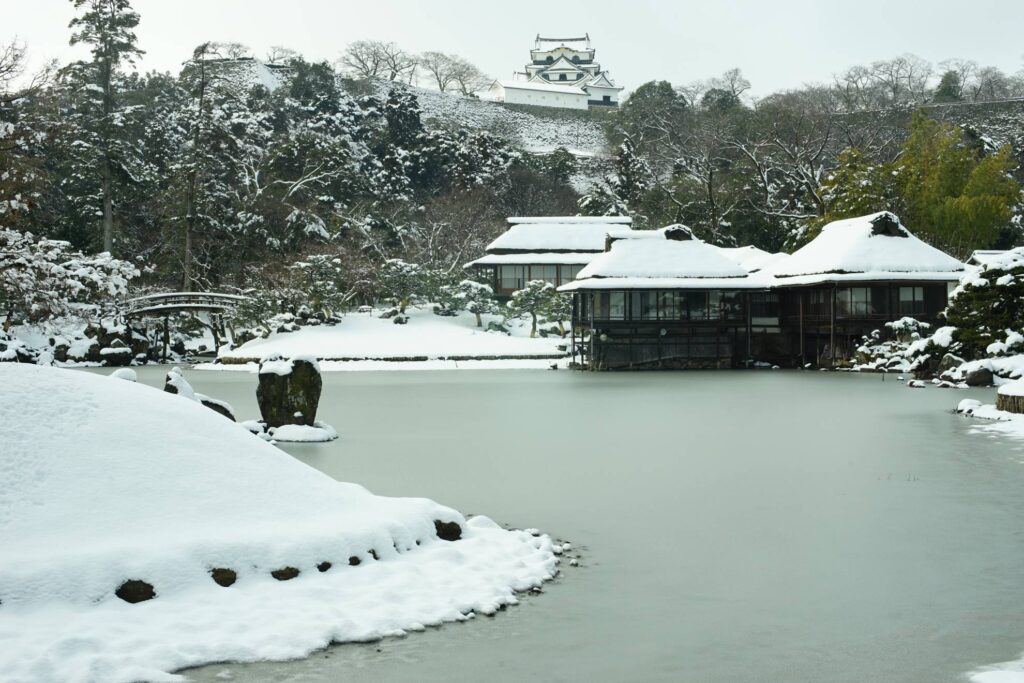How many days in Kyoto is enough?
Three days in Kyoto is the perfect amount of time for a short getaway. Discover the must-see sights, plan your ideal itinerary, and get tips to make the most of your trip.
Once the imperial city of Japan, Kyoto encapsulates everything travelers look for: rich culture and history, impressive ancient architecture, natural beauty, and stunning landscapes that mix modern technology and traditions. This leads us to the question: How many days in Kyoto is ideal to explore it?
From the geisha culture to Buddhist temples and delicious food, you’ll find lots of things to do, but let’s break it down in the ideal way to help you prepare for a unique Nippon adventure.
How many days to spend in Kyoto?
You should spend three to four days in Kyoto. While three days in Kyoto is enough to see the city’s impressive landmarks and captivating culture, an extra day is a great option for day trips to Japan’s favorite tourist spots like Nara Park.
3-Day itinerary in Kyoto: What to visit?
Since you’ll be spending three days in Kyoto, an itinerary is a must-have to avoid wasting time thinking about where you’ll go.
Let’s break down the Kyoto itinerary into what you should visit each day.
Day 1: Temples and historical landmarks
One of the main things to do when visiting Kyoto is to dive into Kyoto’s spiritual heritage by visiting the most significant temples around the city. Here are some suggestions for first time visitors:
- Kiyomizu-dera Temple: Probably the most iconic temple in Kyoto. You can enjoy beautiful city views from higher ground, with the surrounding colors changing every season, making it a year-round visit.
- Kinkaku-ji Temple: Also known as the Golden Pavilion, this Buddhist temple dates from the Muromachi period. It’s famous for its architecture and the golden color of the pavilion, which blends perfectly with the surrounding nature making it a must-see temple in Kyoto.
- Ginkaku-ji Temple: Also known as the Silver Pavilion, this temple once served as the shogun’s retirement villa, making it an essential place for Higashiyama culture. It is home to the Japanese tea ceremony, poetry, Noh theater, and more.
- Fushimi Inari Shrine: Dedicated to the Shinto god of rice, this thousand-torii gate shrine is one of the most impressive destinations in Kyoto. The walk to the summit takes about two hours, but the walk through the colorful path of torii gates and the overwhelming nature makes it totally worth the visit.
- Nijo Castle: Listed on the UNESCO World Heritage Site as one of the Historic Monuments of Ancient Kyoto. This complex is one of the most impressive and important representations of the Shogun era during the Edo period. With preserved architecture and serene ponds, it’s a highlight of any Kyoto itinerary.

Day 2: Explore central Kyoto
One of the best things to do in Japan is to explore local culture, and there’s no better place to do that than to visit downtown Kyoto. Here are some ideas for you to consider:
- Gion District: Home to the geisha district, this is the ideal destination to explore traditional Japanese culture alongside iconic landmarks such as the Shirakawa Canal, Maruyama Park, and the Chionin Temple, as well as other traditional wooden buildings and even catch a geisha performance during your visit.
- Imperial Palace: Known as the Kyoto Gosho, it’s one of the most important building complexes in the city. Home to the Imperial Family until 1868, the palace allows visitors to explore the Kyoto Gyoen National Garden to escape from the bustling streets with a long walk before heading back to the main grounds of the complex.
- Nishiki Market: No trip to Japan is complete without trying the Japanese cuisine. You can spend hours enjoying Nishiki market food stalls, and even eat lunch there. Try some soymilk doughnuts, tako tamago, and hamo tempura.
- Kyoto Manga Museum: Whether you’re a manga reader or want to learn about Japanese culture, visiting the Manga Museum takes less than an hour. You can participate in activities like reading manga, unique manga exhibitions, and, on rare occasions, seeing a mangaka visiting the museum.
- Kyoto Tower: The 360-degree observation deck offers a unique view of the city. Visiting the tower is an ideal way to end the day, as you can watch the sunset from over 300 feet above the city while enjoying dinner at one of the traditional restaurants.

Day 3: Visit western Kyoto
On your final day in Kyoto, you can escape from the bustling and noisy city streets to explore the city’s quieter western area. Here’s what to look for:
- Arashiyama: This place is packed with visitors during the fall and cherry blossom season, making it the best time to visit Japan to see vivid colors in the mountain ranges. Plus, you can explore the Togetsukyo Bridge and the Arashiyama Bamboo Grove Forest, or head over the river for a pleasant ride.
- Kokedera: Also known as Saihōji, this World Heritage Site includes the Saihōji Temple and the moss gardens, featuring over 120 varieties of moss. Transformed into a temple back in 1339, it’s now a tourist attraction for those who want to escape from Kyoto, with the traditional architecture remaining as the main attraction for many.
- Local temples: The Daikakujo, Yoshiminedera, and Tenryu-ji Temples are scattered across the western mountain range. These temples are a living image of traditional Japanese architecture. They are immersed in nature, which changes its colors throughout the year, making it a stunning sight for visitors.

Optional: Plan a day trip from Kyoto
If you feel like three days in Kyoto is less than expected, here are three popular options to plan a day trip from Kyoto:
- Nara: Head first to the Nara Park, where you can interact with wild deer and the beautiful scenery. Next, head to Todai-ji, where the giant bronze Buddha statue awaits you. Lastly, you can wander around the town and get some rest from the bustling Kyoto streets.
- Osaka: Take advantage of the Japanese train service and head to a different town. With the many things to do in Osaka, you can plan a day visiting the Tsutenkaku Tower, the Osaka Aquarium, the Osaka Castle, or the Whity Umeda, or relax in a traditional hot spring (onsen).
- Hokone: Within 20 minutes of Kyoto, you can explore one of the most charming towns in Japan. Inspiration for many poems and Japanese tales, Hikone offers a peaceful destination, where the shores of Lake Biwa welcome visitors to spend a day relaxing.

Tips for exploring Kyoto from top to bottom
Having an itinerary for Kyoto is a great starting point, but here are some tips for an unforgettable experience:
- Get an Integrated Circuit Card: Getting an IC Card in Japan is the best way to save money while getting around fast, especially if you want to avoid driving in Japan. You can get the ICOCA Card for Kyoto, which works for bus, subway, and train rides from the Kyoto station. Note that these don’t work for bullet trains.
- Find a reliable internet connection: If you’re staying for three days in Kyoto, you could get an eSIM for Japan with unlimited data for $4.30/day, meaning you’ll pay $12.90 to stay connected on a three-day trip. However, if you’re staying longer or traveling as a digital nomad, Holafly Connect is a better option with more benefits like unlimited hotspot.
- Buy tickets in advance: Some places in Kyoto, like the Kyoto Imperial Palace, don’t require an entry ticket, while places like the Tokyo Tower do, so it’s better to buy these in advance.
- Pack properly: Your packing list for Japan will change based on your travel season. Make sure you pack proper clothes for the season and for the number of days you’ll spend in Japan.
- Prepare your budget: Kyoto offers many places to visit and local delicacies to try. Ensure you have enough money to explore all the places you want and try as many dishes as possible!
- Create a Kyoto itinerary: While we’ve given you ideas on how to spend your days in Kyoto, feel free to add/remove destinations you’d like to visit. Perhaps you’d enjoy visiting the Philosopher’s Path or spending longer in a traditional tea ceremony. It’s all up to what you prefer!





 Language
Language 


















 No results found
No results found






